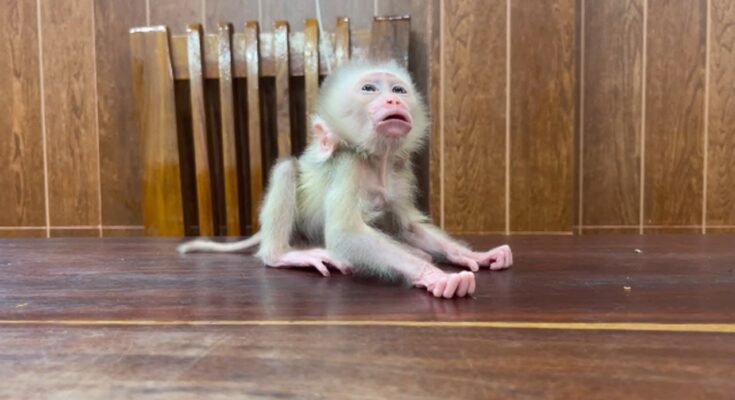Monkeys are highly social animals with complex ways of communicating. They use vocalizations, body language, facial expressions, and even grooming to convey messages. Understanding their communication methods provides fascinating insights into their intelligence and social structures.
1. Vocalizations: The Language of Monkeys
Monkeys produce a variety of sounds to communicate different messages. Some of the most common vocalizations include:
- Alarm Calls: Used to warn group members of predators. Different sounds may indicate specific threats, such as a snake or an eagle.
- Mating Calls: Males often use distinctive calls to attract females during the breeding season.
- Contact Calls: Help maintain group cohesion by allowing members to locate one another.
- Aggressive Calls: Used during conflicts or territorial disputes.
2. Body Language and Facial Expressions
Monkeys use a range of physical gestures and facial cues to express emotions and intentions:
- Smiling or Baring Teeth: Unlike humans, a monkey showing its teeth can be a sign of aggression or submission.
- Eye Contact: Prolonged eye contact can be a challenge or threat in many monkey species.
- Postures: Dominant individuals often puff up their chests or raise their tails to assert their status.
3. Grooming as Social Bonding
Grooming is more than just hygiene—it is a critical part of monkey communication. By grooming each other, monkeys establish and maintain social bonds, reduce stress, and reinforce group hierarchy.
4. Use of Tools and Gestures
Some monkey species use tools and gestures to communicate:
- Chimpanzees and Bonobos: Use hand signals to request food or initiate play.
- Capuchin Monkeys: Have been observed using objects to attract attention or signal intentions.
5. Unique Communication Among Different Species
Each monkey species has its own unique way of communicating:
- Vervet Monkeys: Have specific alarm calls for different predators.
- Howler Monkeys: Known for their loud, deep howls that can be heard miles away.
- Tamarins and Marmosets: Use high-pitched calls that are almost ultrasonic to human ears.
Conclusion
Monkey communication is diverse and complex, reflecting their intelligence and social nature. By studying their vocalizations, body language, and grooming behaviors, researchers continue to uncover surprising insights into their world. Understanding how monkeys communicate not only helps conservation efforts but also deepens our connection with these fascinating primates.



